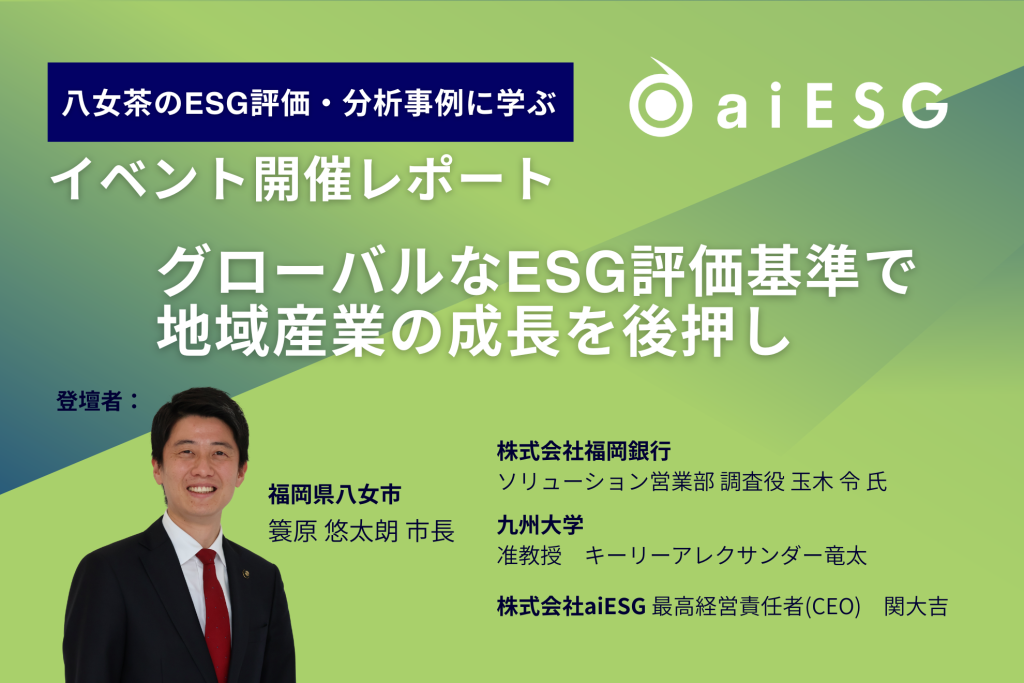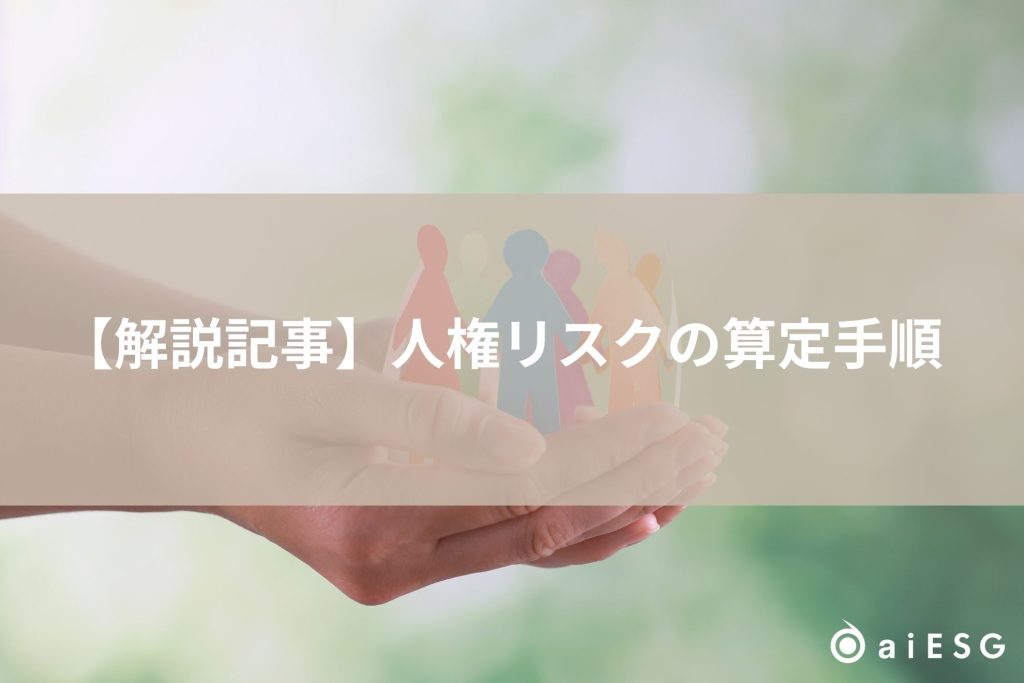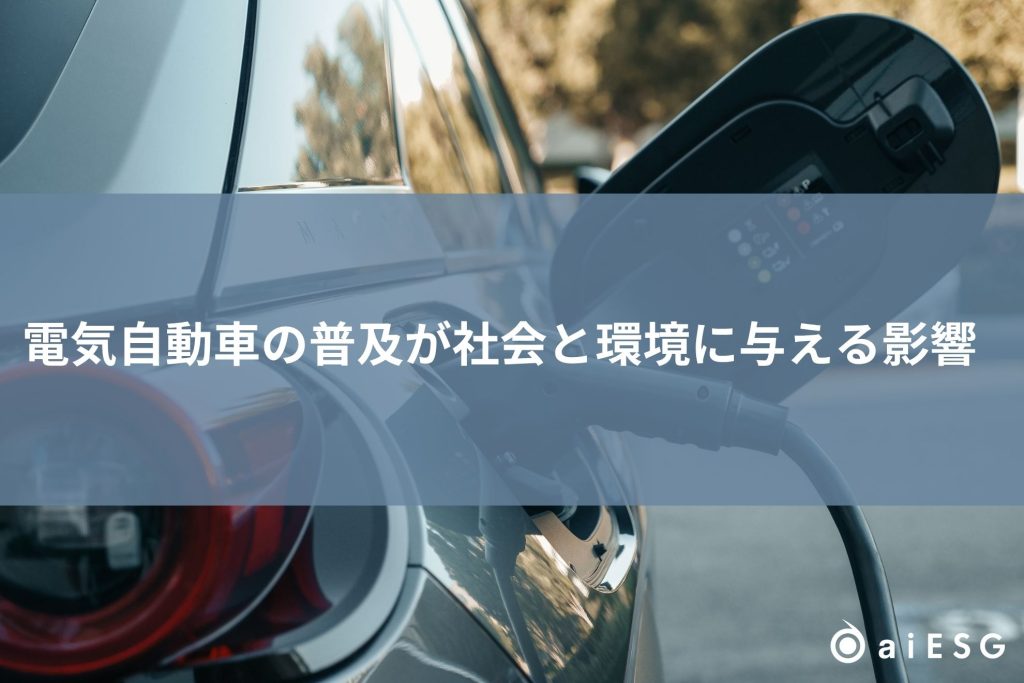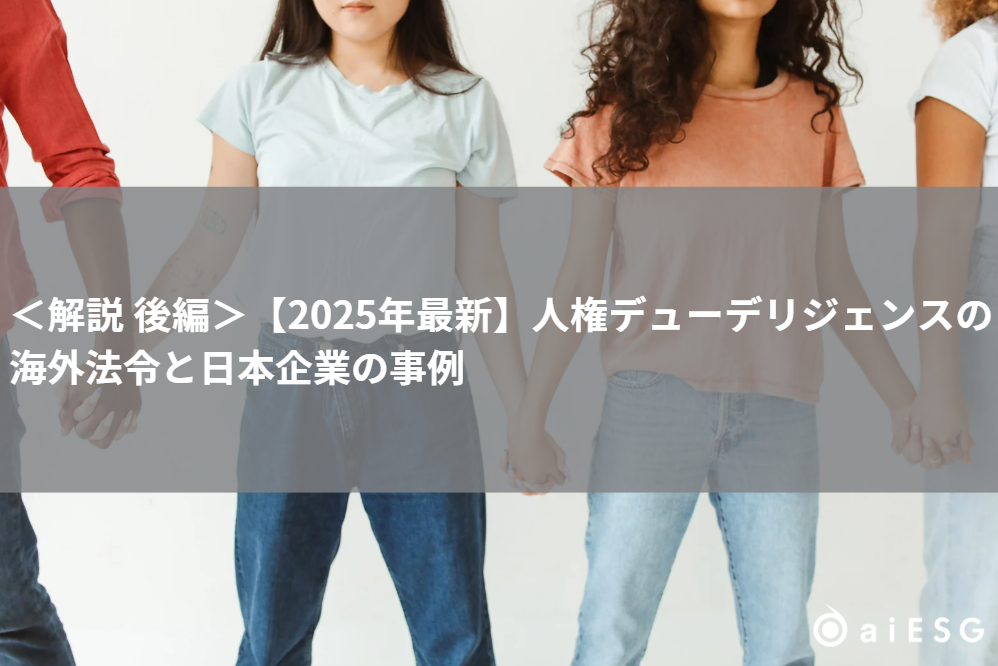INDEX
Introduction
Scope 3" accounts for a large portion of ESG and GHG calculations.
Scope 3 refers to indirect GHG emissions generated in the value chain that are not included in Scope 2 (e.g., heat and electricity supplied by others) and includes both upstream and downstream GHG emissions.
CDP Public Documentsshows that Scope 3 emissions account for 751 TP3T of the average company's footprint, making it a major challenge and opportunity to be solved in corporate decarbonization.
However, Scope 3 measurement methods are still in their infancy, and many companies have abandoned measurement because of obstacles posed by recommended measurement methods using primary data.
This paper summarizes the situation surrounding Scope 3 and introduces the services provided by aiESG for reasonable ESG calculations.
2. publication of the results of SBTi's Scope 3 study
One of the world's most influential organizations on GHG emissions reductions was the recentaiESG ReportIt is also the SBTi introduced in the
Commentary] From GHG to ESG: International Trends and the Shift to Broader Sustainability Considerations
https://aiesg.co.jp/topics/report/240920_ghgtoesg/
The SBTi provides participating companies with a common science-based target for GHG emission reductions, the Science-based Target (SBT).
On July 30, 2024, SBTi released four documents, including a Scope 3 Discussion Paper, as a result of its study of Scope 3 emissions.
SBTi releases technical publications in an early step in the Corporate Net-Zero Standard review
https://sciencebasedtargets.org/news/sbti-releases-technical-publications-in-an-early-step-in-the-corporate-net-zero-standard-review
This especiallyScope 3 Discussion Paperpointed out issues related to setting and implementing Scope 3 reduction targets, highlighting the high hurdles involved.
The issues identified include the variability in GHG calculation methods and reliance on secondary data, in addition to concerns about using aggregated Scope 3 emissions as the primary indicator.
Primary data are values derived from calculations based on data actually obtained within a company's supply chain, and include, for example, Scope 3 Category 1 "purchased products and services," product-level GHG emissions data calculated using supplier-specific data from raw material procurement to production, and supplier-specific energy use or emissions data provided by suppliers. level GHG emissions data calculated using supplier-specific data, as well as any specific energy use or emissions data provided by the supplier.
Secondary data, on the other hand, refers to values calculated by proxy, such as through databases containing industry-specific averages, etc. Take the same example of "purchased products and services",Emission intensity databaseThe equivalent is the industry average emissions intensity per material calculated from the
Issued by the Ministry of Economy, Trade and Industry and the Ministry of the EnvironmentCarbon Footprint GuidelinesAccording to the "Japan's Carbon Footprinting Standards," as a rule, primary data must be used for the amount of activity in the carbon footprint.
anddiscussion paperThe report also points out the inadequacy of the current target-setting method, which projects changes in emissions and emissions intensity in a linear fashion, and the possible exclusion of emissions figures and ambiguity regarding short-term to long-term targets and beyond, which could result from the Net Zero Standard's requirement for "at least 67% coverage in the short term and 90% coverage in the long term". The following is a summary of the results of the study.
Data limitations, emissions variability, and mitigation actions are difficult to directly link to changes in GHG inventories, thus adding to the complexity of measuring progress toward decarbonization.
Furthermore, given the varying capabilities of companies along the value chain, it has been stated that it is difficult for companies to implement Scope 3 objectives [1].
As of the end of 2023, more than 4,000 companies worldwide will have joined SBTi, of which 971 TP3T have set targets related to Scope 3, but there are still many challenges.
In this document, SBTi analyzed scenarios in which environmental attribute certificates* could be used and found to be valid, but concluded that further study is needed regarding their various methodologies [2].
Environmental Attribute Certificate / Energy Attribute Certificate: A certificate that shows "how many kWh (kilowatt hours) of electricity was generated at which power plant and when" through an electricity tracking system. It is mainly used by companies to claim that they are privately using electricity derived from renewable energy sources.
3. services provided by aiESG
As we have seen, many companies face challenges with regard to Scope 3 emissions calculations. One of the reasons for this is the difficulty in using primary data for GHG emissions calculations, including Scope 3.
SSBJ Exposure DraftHowever, due to the difficulty of obtaining primary data, many companies are currently using secondary data for ESG calculations.
Calculation based on primary data is difficult even for GHGs, for which data acquisition is relatively advanced, and calculation of social aspects is even more difficult.
The use of secondary data allows us to estimate GHG emissions, including Scope 3 emissions, at low cost and in a short period of time. The amount of data is abundant, and therefore, comprehensive analysis results can be expected.
Secondary data are aggregate values, so the calculations are less precise and detailed than when using primary data, but they facilitate access to Scope 3 measurements and help broaden the scope of ESG calculations.
aiESG offers flexibility in both primary and secondary databases for integrated ESG and sustainability indicators, including GHG and other environmental, social, and economic impacts.
4. Conclusion
In this report, we have introduced the Scope 3 situation and aiESG's services.
The use of secondary data has become the mainstream in ESG calculations, and it is extremely difficult to use primary data, especially for Scope 3 and social aspects. As many companies are facing hurdles in dealing with Scope 3, the use of secondary data, including aiESG's services, will become more important in the future.
aiESG provides support from basic ESG-related standards and frameworks to actual disclosure of non-financial information, so please contact us if you have any ESG-related issues.
Contact us:https://aiesg.co.jp/contact/
6. references
*Related Article*.
Commentary] SSBJ (Sustainability Standards Board Japan) Deliberation Trends - Scope 3 Disclosure Standards in Japan
Commentary] From GHG to ESG: International Trends and the Shift to Broader Sustainability Considerations
Part 2: What services does aiESG provide?
















